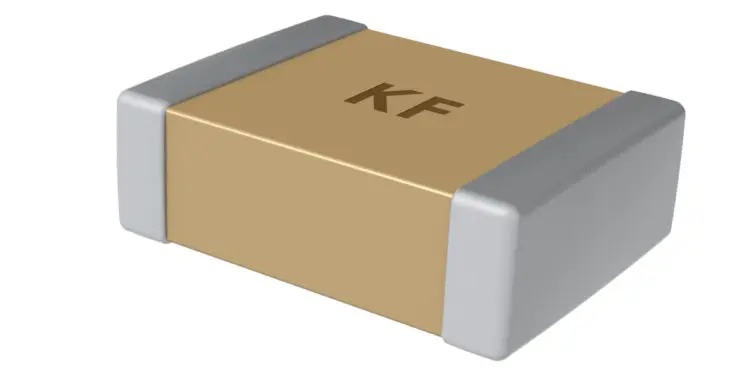KEMET’s New Surface Mount Safety Certified Ceramic Capacitors Provide Solutions for Space Constrained Mains Powered Applications
New devices offer smaller form factors to save space and simplify manufacturing versus competing leaded devices in AC line filtering applications
KEMET Corporation, a leading global supplier of electronic components, has launched a new range of surface mount device (SMD) safety certified multilayer ceramic capacitors (MLCCs) for use in mains powered applications. The CAS series addresses widespread demand for miniaturization without compromising performance by offering higher capacitance, smaller overall size, and simplified assembly versus existing leaded disc devices, which represent the majority of safety-certified ceramic capacitors currently on the market.
According to market research*, the overall power supply sector is expected to grow to US $34.92 billion by 2023, at a CAGR of 6.7% from 2018 to 2023. Within this, AC/DC power conversion is considered the largest and fastest growing type of power supply owing to its increasingly wide range of uses and applications. KEMET’s CAS series of SMD MLCCs offers important design and production benefits versus leaded disc devices for AC line filtering in this significant and expanding market.
To satisfy industry and consumer demand for portable solutions, PCB real estate for electronics and power delivery systems continues to shrink as designers put more functionality in smaller spaces. Commonly used safety certified leaded disc components are bulky compared with KEMET’s CAS series SMD MLCCs and are often not suitable for applications with restricted spaces in which filtering circuitry needs to be placed. Leaded disc devices also require pin-through installation into PCBs, a process that is not compatible with standard automated reflow profiles and therefore can result in additional production costs.
Filtering is important in mains powered products to manage unwanted transients, such as high frequency noise in both line-to-line (Class X) and line-to-ground (Class Y) applications. Safety certified capacitors are used in a wide variety of applications, such as power adapters for mobile devices, industrial power distribution, and electric vehicle power inverters.
“Until now, safety certified capacitor technology has not kept pace with advances in MLCC technology,” said Reggie Phillips, KEMET Senior Product Manager. “Our new CAS range allows engineers to place the essential mains-connected filtering capacitors into smaller spaces, thereby reducing board size. For manufacturing professionals, the benefit is that the new devices are compatible with standard reflow processes, eliminating an additional step in the manufacturing process.”
*Power Supply Market by Output Power, Product Type, Vertical (Lighting, Consumer Electronics, Telecommunications, Transportation, Food & Beverages, Medical & Healthcare, Military & Aerospace, Industrial), and Geography – Global Forecast to 2023 – Published by Markets and Markets™ (https://www.marketsandmarkets.com/Market-Reports/power-supply-market-52394163.html)































